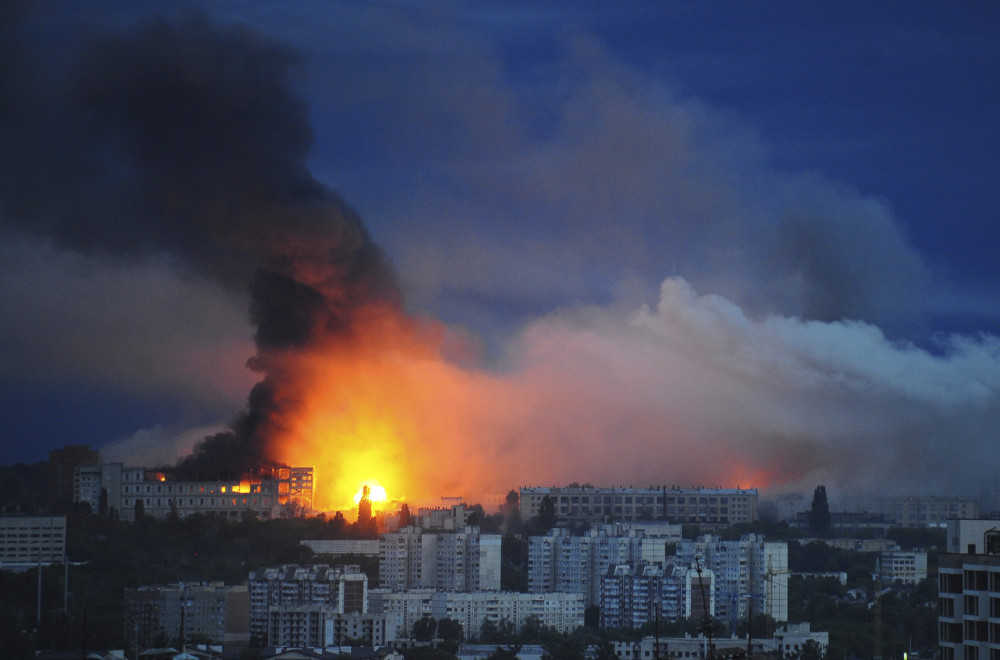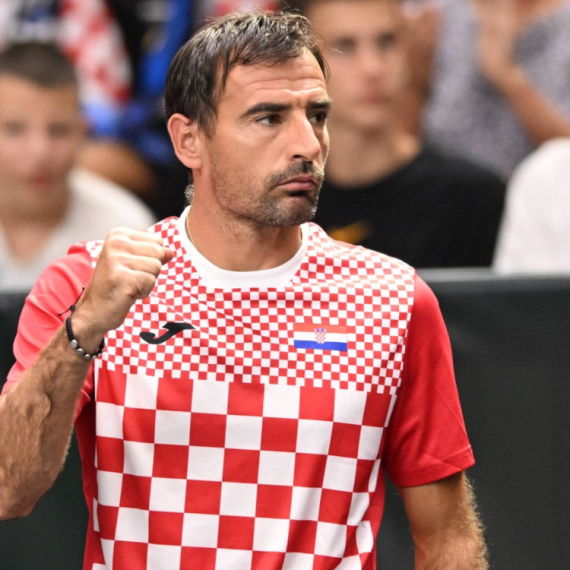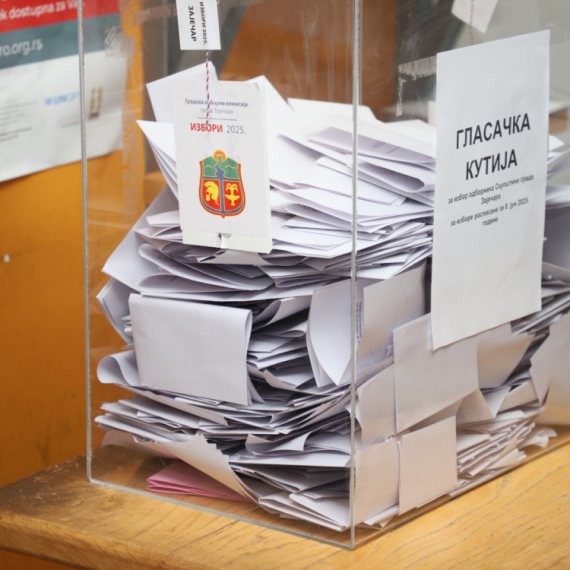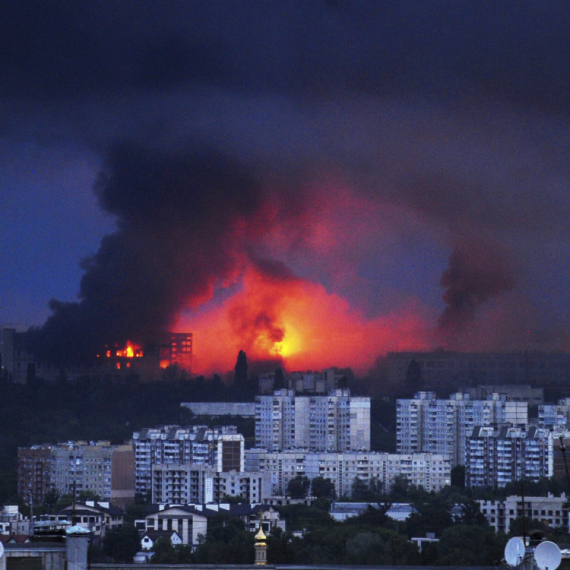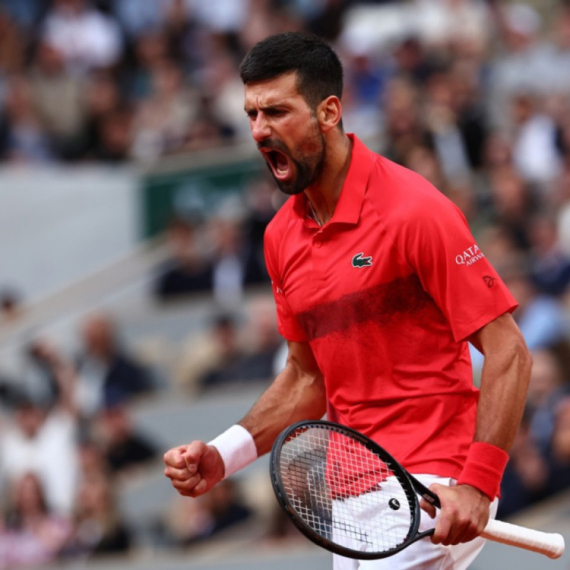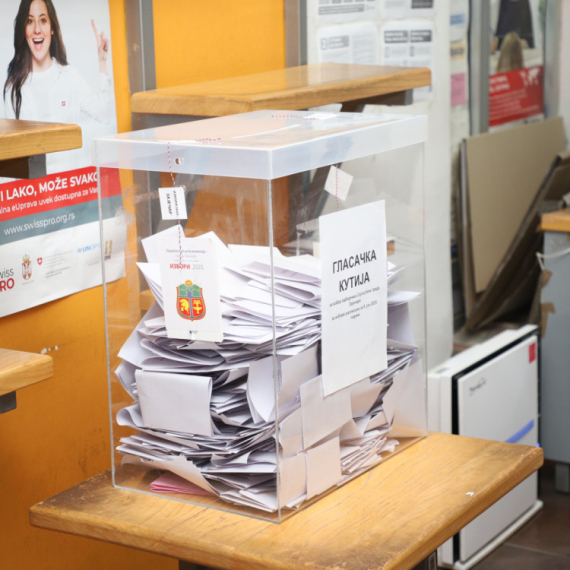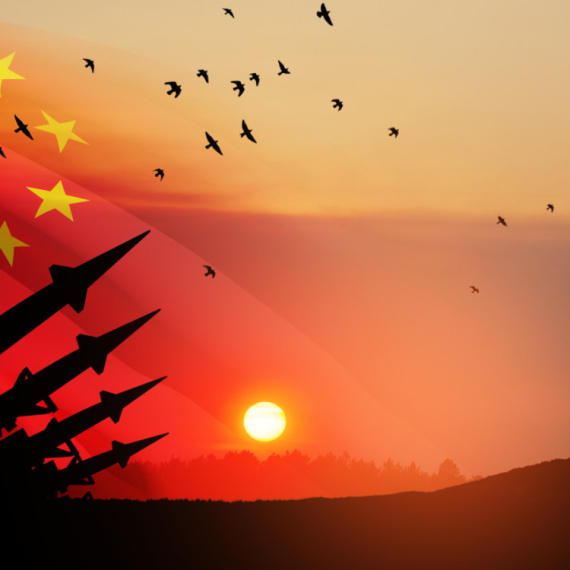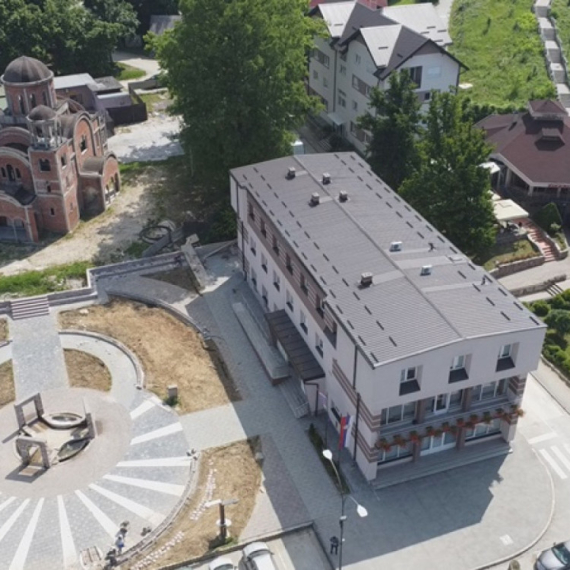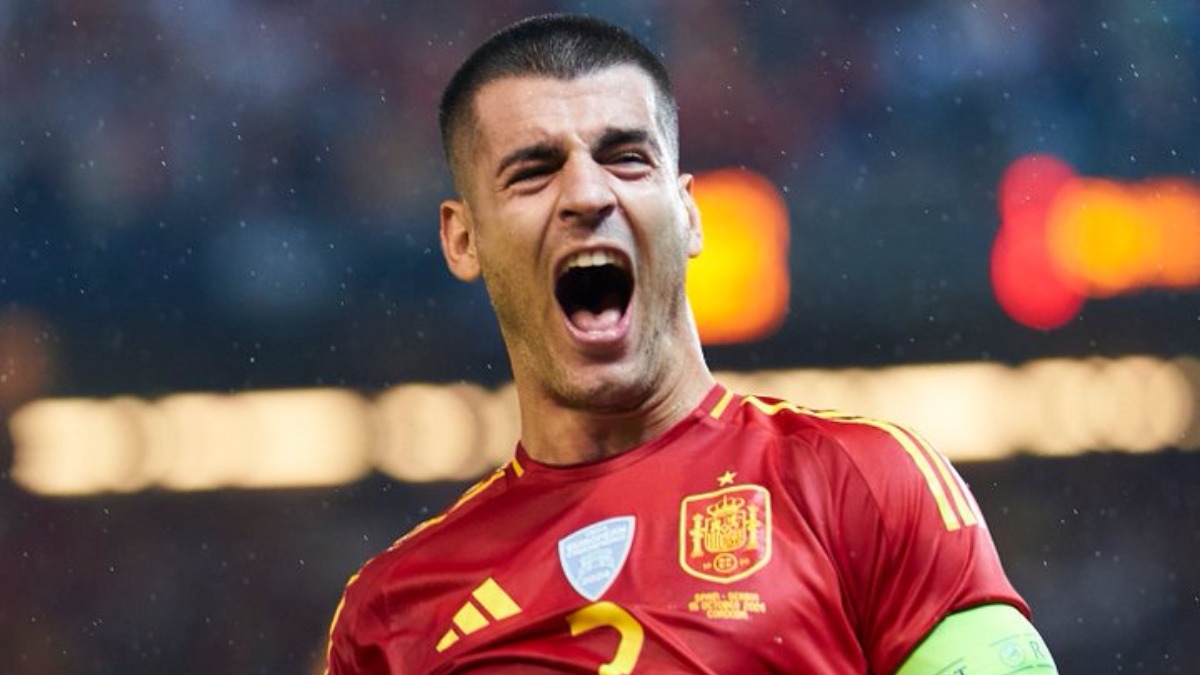During the night of June 8-9, Russia launched massive air strikes on Ukraine using missiles and drones, triggering air raid sirens across the country. The hardest hit regions were Rivne Oblast and the city of Dubno, where a business building was damaged and one civilian was injured. Ukrainian air defense forces successfully destroyed a large number of enemy targets. In response to the attacks, NATO scrambled fighter jets in Poland to secure its airspace. These strikes are part of a broader Russian operation called the “spider web,” believed to be retaliation for Ukrainian drone attacks on Russian air bases. Ukrainian authorities and Western sources expect the intensity of Russian strikes to increase in the coming days, targeting key government and intelligence facilities.
Political Perspectives:
Left: Left-leaning sources emphasize the humanitarian impact of the Russian air strikes on Ukraine, highlighting civilian casualties and damage to infrastructure. They often frame the attacks as aggressive acts of war by Russia and stress the resilience and defense efforts of Ukraine. The role of NATO is portrayed as a necessary protective measure to deter further Russian aggression.
Center: Center-leaning reports focus on the factual details of the air strikes, including the scale of the attacks, the response by Ukrainian air defenses, and NATO’s actions to secure airspace. They present the events in a balanced manner, acknowledging the military strategies of both sides and the geopolitical implications without strong emotional or ideological framing.
Right: Right-leaning narratives tend to highlight the strategic and military aspects of the Russian strikes, sometimes framing them as justified responses to Ukrainian provocations such as drone attacks on Russian bases. They may emphasize NATO’s defensive posture and the broader context of the conflict, occasionally questioning Western media portrayals and stressing the complexity of the situation.





